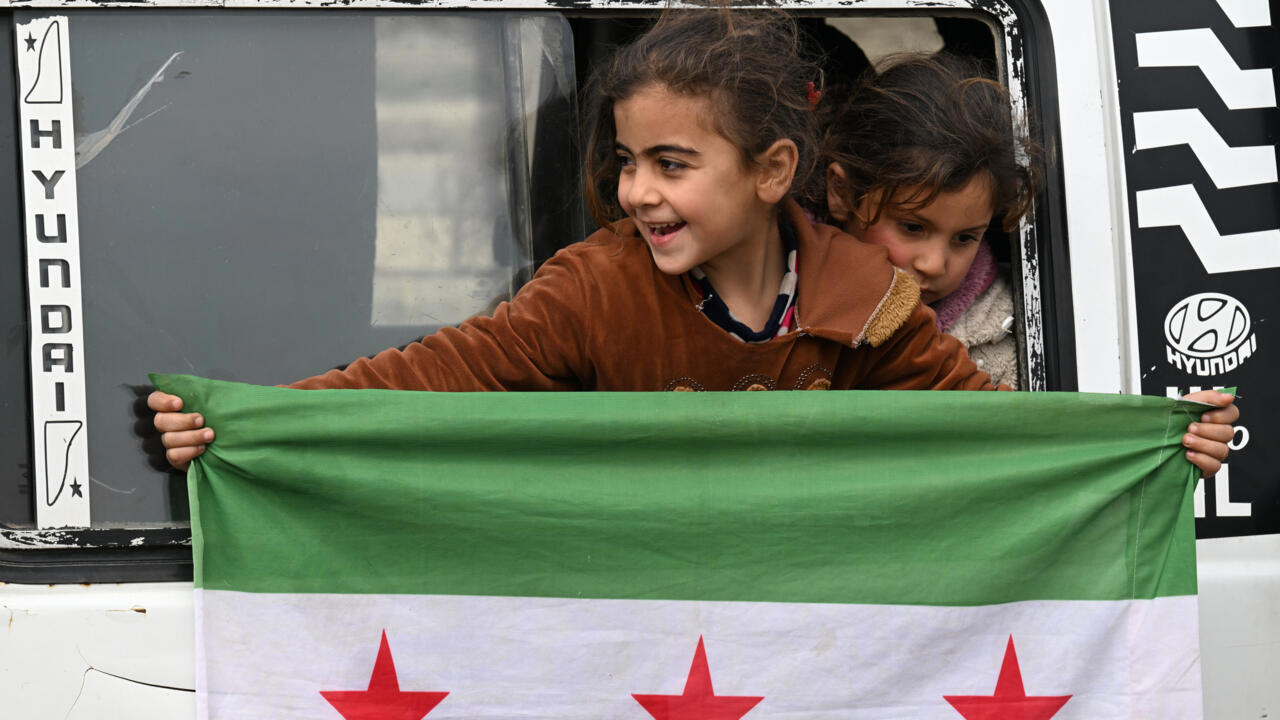Her husband spends his days looking for a job, she said, while they hope humanitarian workers begin distributing aid to help the family survive.
The siege of Homs lasted two years and killed around 2,200 people, according to the Syrian Observatory for Human Rights.
During the siege, thousands of civilians and rebels were left with nothing to eat but dried foods and grass.
In May 2014, under an evacuation deal negotiated with the former government, most of those trapped in the siege were evacuated, and two years later, Assad seized the last rebel district of Waer.
“We were besieged… without food or water, under air raids, and barrel bombings,” before being evacuated to the rebel-held north, Turki said.
‘Precious soil of Homs’
AFP journalists saw dozens of families returning to Homs from northern Syria, many of them tearful as they stepped out of the buses organised by local activists.
Among them was Adnan Abu al-Ezz, 50, whose son was wounded by shelling during the siege and who later died because soldiers at a checkpoint barred him from taking him to hospital.
“They refused to let me pass, they were mocking me,” he said with tears in his eyes.
“I knew my house was nearly destroyed, but I came back to the precious soil of Homs,” he said.
While protests and fighting spread across Syria over the course of the 13-year war, Homs’s story of rebellion holds profound symbolism for the demonstrators.
It was there that Abdel Basset al-Sarout, a football goalkeeper in the national youth team, joined the protests and eventually took up arms.






